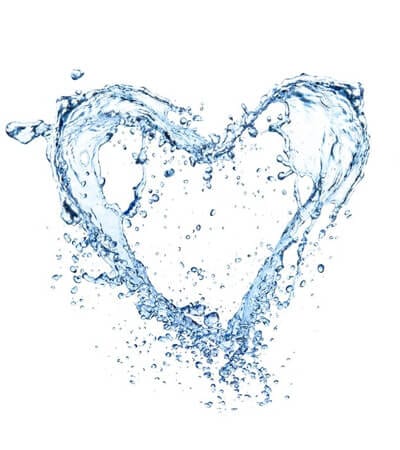 Tomorrow is World Water Day: a palatable call-to-action to protect Earth’s most precious resource. Think about how many times today you have turned on a faucet for water – for taking a shower, brushing your teeth, cooking your food, making a cup of tea or re-hydrating after a workout.
Tomorrow is World Water Day: a palatable call-to-action to protect Earth’s most precious resource. Think about how many times today you have turned on a faucet for water – for taking a shower, brushing your teeth, cooking your food, making a cup of tea or re-hydrating after a workout.
It’s so fundamental to our well-being that it’s only fitting that most of our own bodies are made up of this life-sustaining molecule (between 55%-60%).
In contrast to people, proportionally the planet itself isn’t nearly as full – only 2.5% is freshwater – but it’s just enough. That is, if it’s protected, clean and accessible.
World Water Day serves as a reminder that water is a critical building block for human development, public health, economic growth, and social stability. This canvasses a vast landscape – from issues as diverse as women empowerment and education stemming from access to clean water and sanitation to resource management brought on by urban development in drought-prone, arid regions.
But what role does the private sector play in this?
Water is the lifeline for employees, customers and consumers – and it’s the supply line for operations and production. Sustainable sourcing of water – and disposal of wastewater (this year’s theme from UN-Water) are two major environmental watch-outs for companies.
Furthermore, many more companies have found their purpose in Sustainable Development Goal #6 – applying the passion of their employees, company innovation and philanthropic dollars to ensure more people have access to safe, clean water.
There is a tremendous opportunity – and in some cases responsibility – for companies to be involved in water issues. But establishing credibility in this space – and being recognized for it – requires more than just a #WorldWaterDay hashtag.
Here are four ways companies and brands can ensure their efforts are more than a drop in the bucket:
- Pick an issue.
The breadth and depth of water issues are seemingly endless. By focusing efforts, resources and attention around a specific topic, companies can make an even greater societal impact and streamline their communications. For example, one company is leveraging their engineering expertise and position as a plumbing power-house to test a closed loop sanitation system in India that addresses the challenge of 77 million people in the country that lack access to clean water.
- Make a commitment.
Stating a goal and sharing progress on that goal is a powerful way to prove outcomes and establish credibility among influencers, consumers and, of course, the media. One leading CPG company is doing just that by leveraging an innovative solution found in laundry detergent to deliver a committed 15 billion liters of clean water by 2020 (with 9 billion delivered to-date).
- Know the context.
It’s critical to understand the political and social landscape around the water issues in which to engage, and understand the potential questions, challenges or long-term implications of getting involved. For example, one of the first of many expected rollbacks in the new administration’s EPA policy was an executive order targeting a freshwater protection rule.
- Lead with impact.
We talk a lot about demonstrating impact, but showing it – through the stories, images and voices of those impacted – is just as important in creating a connection on the issues. One nonprofit is up-leveling the storytelling through a branded partnership that features creative filmmaking and consumer engagement.
Of course, these are considerations that can apply to nearly any purpose program to ensure your communications don’t get watered down.
